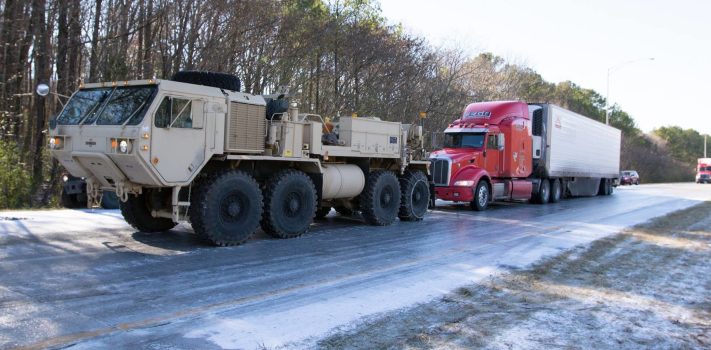What is Old is New Again – Part 2, by 3AD Scout
(Continued from Part 1. This concludes the article.) Keeping warm will be another area where we revert back to old ways. I see lots of prepper articles and YouTube videos about sawing wood for heat. Back in the bygone days, one of the daily chores of children was picking up “sticks”. Many of us may remember the old nursery rhythm with the line “five, six pick up sticks”. These sticks were used for cooking. Heat from the daily food preparation was just an added bonus in the colder months. We may want to lower our expectations of post-TEOTWAWKI comfort. Trying …













